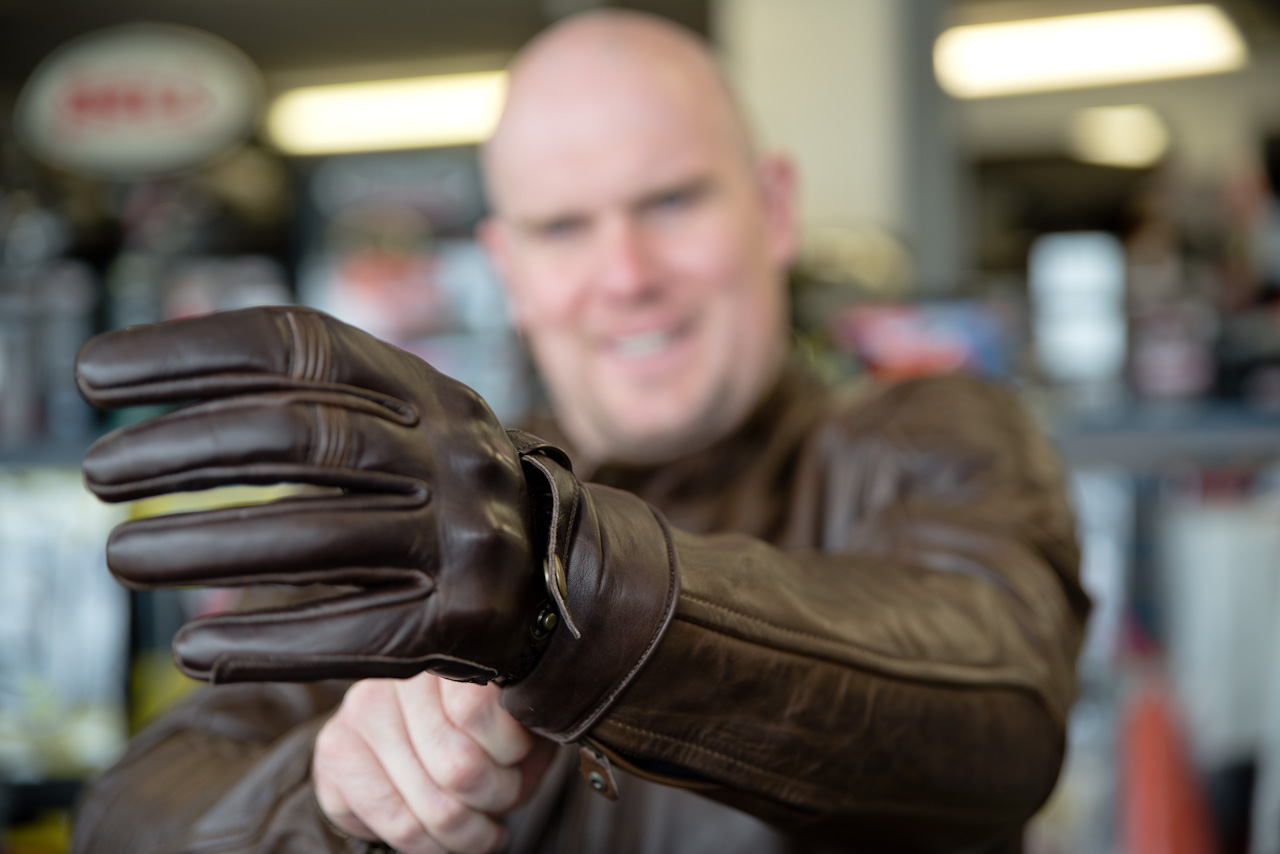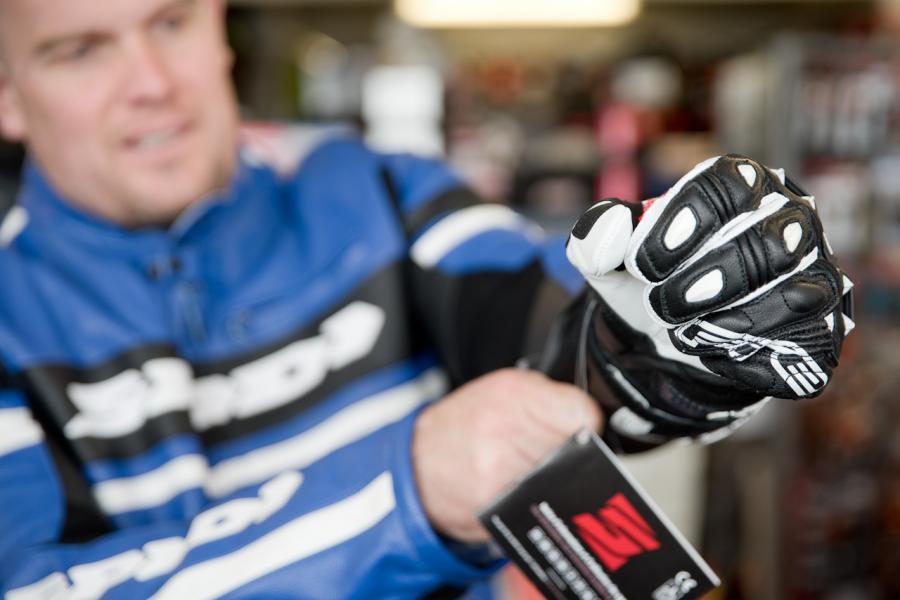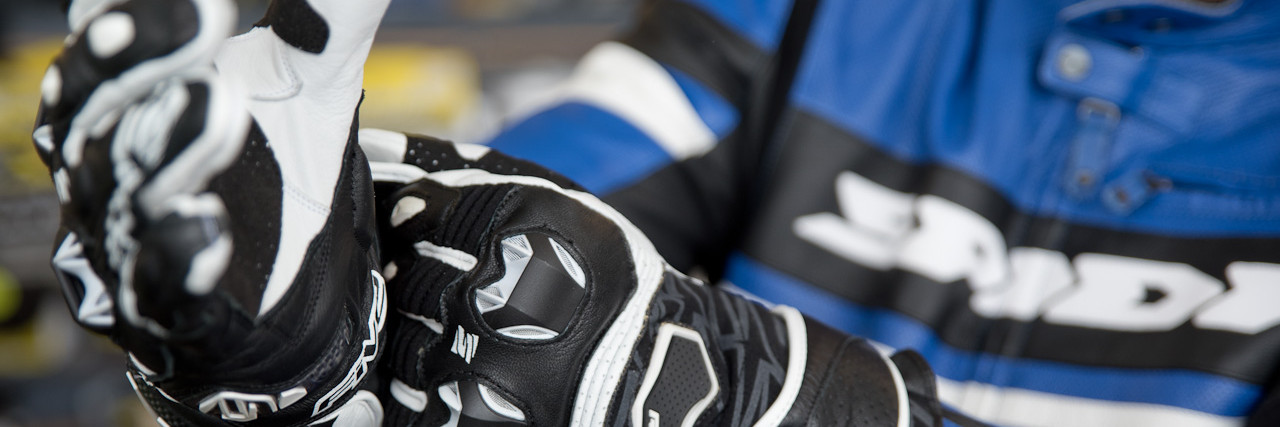Choosing gloves
You use your hands to break a fall. Choosing the right gloves comes down to the riding you do.
Gloves are some of the most important protection you wear on a motorcycle. After all, the first thing you do to break your fall is put your hands out. Choosing the right gloves is important, but most important of all is wearing them, every time you ride.
Choosing the right gloves
The kind of riding you do
What kind of riding do you do? This is the crucial question in glove choice. If you ride all year round in all weathers, you’ll have different criteria to a fair-weather cruiser. If you’re getting on and off the bike all day long, that’s another consideration. Let’s review the options.
Waterproof gloves
Whether you’re touring with the potential for inclement weather or commuting to work through the rain, you’ll want waterproof gloves. There are two main options. A full-on waterproof glove or mitt, which will be textile, usually with a breathable membrane. Or a ‘365’ glove that can be like a sports or race gauntlet but with a degree of water repellency and breathability built-in.
Each has its pros and cons. Truly waterproof gloves are usually bulky, can be too warm and lack feel. They’re also less protective and abrasion resistant in a crash. The year-round or ‘365’ gloves usually aren’t as waterproof or as warm. Although they can sometimes be too warm in summer and still lack the ‘feel’ of a race glove.
Gauntlet vs shortie gloves

The big advantage of a gauntlet, whether the old police-style or a race glove, is protection. They cover the forearm and, if made of leather with armour in the right places and a secure wrist closure, will protect your hands and lower arms like nothing else.
The only real drawback is they can be a bit of pain to keep pulling on and off. If you’re all over town like a despatch rider, the compromise of a short glove that you can whip on and off might be tempting.
Gloves for maximum protection

If you’re riding on track, only a race-style gauntlet will do. Look for features that will deliver maximum protection, such as a bridge connecting the ring finger to the little finger, scaphoid sliders, knuckle armour and forearm armour. Then it’s all about ‘feel’. This is why thin but strong specialist leathers such as goat, kangaroo or even stingray leather is often used, especially on the palms and fingers.
For summer riding on the road, a race glove also makes a lot of sense. But they’re not so good at keeping hands warm and dry.
Heated gloves
Heated gloves are popular because stopping your hands going numb has obvious importance. Most are powered by lightweight Li-ion batteries, others are designed to work in tandem with a heated jacket. Heated glove liners are also available.
Standards and rating for gloves
The CE standard for gloves is EN13594, with two levels. There’s an unavoidable trade-off between sensitivity and protection, so a glove offering level 2 protection will be bulkier with less feel than level 1.
Buying used gloves
Because many riders are so concerned with the feel a glove gives them, and it can be pretty subjective, a fair number get cast off soon after purchase. A near-new pair, bought secondhand, can be a good buy. Over time, however, moisture from sweat and rain can harden the leather, and even a good application of dubbing or other dressing won’t fix it.
So, you might find older used gloves aren’t such a good idea. When buying any used glove always check the stitching carefully, and be wary of counterfeit gear.
Remember – wear all the gear
A crash can happen at any time, often when you least expect it. So, make sure you wear 'All The Gear All The Time' – ATGATT.




